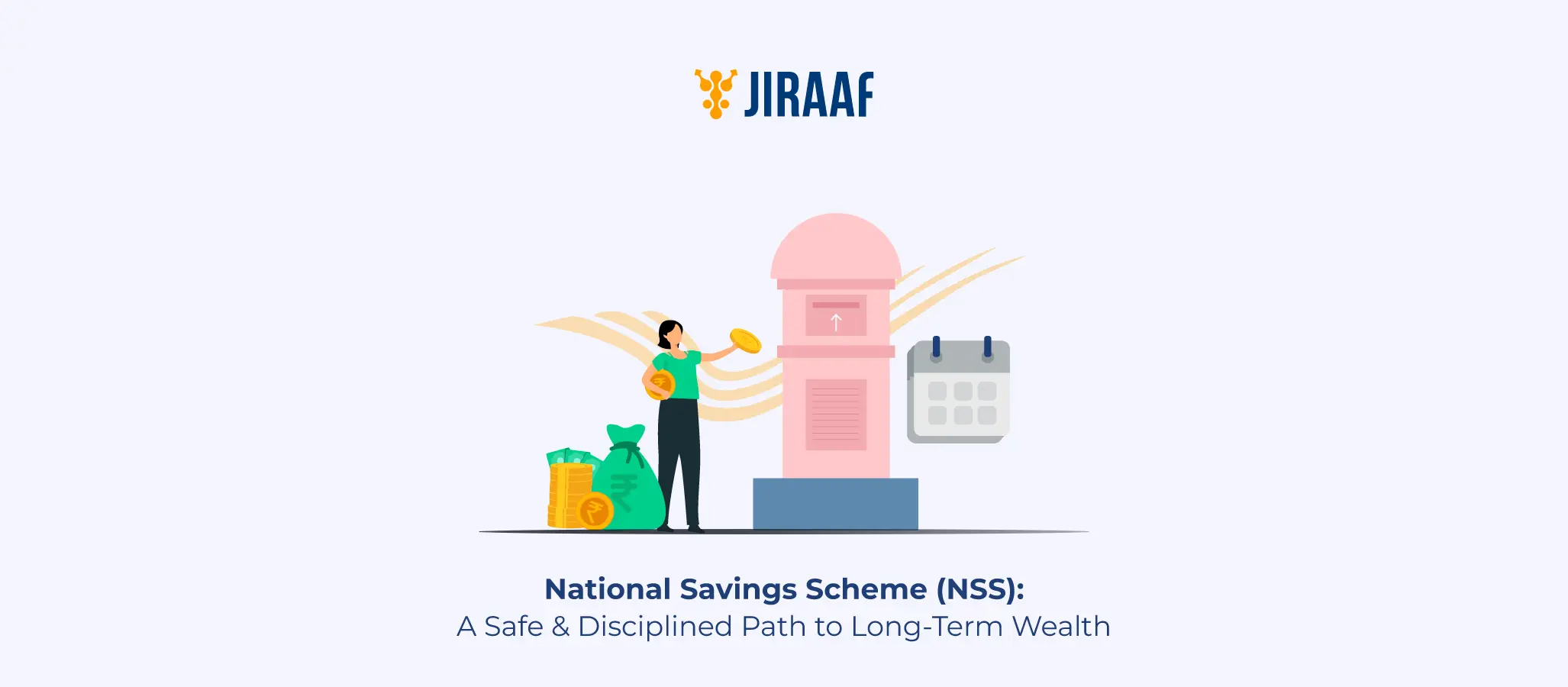Saving smartly is the first step toward building financial security. Whether you’re planning for retirement, a child’s education, or simply looking for tax-saving options, India offers a wide range of savings schemes tailored for different goals and risk profiles. From government-backed plans to tax-efficient options, this guide covers the best saving schemes available in India in 2025.
Why Saving Schemes Matter for Financial Security
Saving schemes are structured investment instruments designed to offer stable returns, safety, and long-term growth. They help:
- Achieve financial goals (education, marriage, retirement)
- Generate passive income
- Reduce taxable income
- Diversify your investment portfolio
Whether you’re a salaried professional or a retiree, choosing a safe saving scheme ensures you grow your wealth while minimizing risks.
Top Government Saving Schemes in India
Government saving schemes are known for their security and sovereign guarantees. Some of the top options include:
1. Public Provident Fund (PPF)
- Lock-in: 15 years
- Interest Rate: ~7.1% (compounded annually)
- Tax Benefit: EEE (Exempt-Exempt-Exempt)
2. Sukanya Samriddhi Yojana (SSY)
- For girl child (below 10 years)
- Interest Rate: ~8.2%
- Lock-in till girl turns 21
3. Senior Citizens Savings Scheme (SCSS)
- Age eligibility: 60+
- Interest Rate: ~8.2%
- Lock-in: 5 years (extendable by 3 years)
4. National Savings Certificate (NSC)
- Lock-in: 5 years
- Interest Rate: ~7.7% (compounded annually)
These government saving schemes are low-risk and ideal for conservative investors.
Post Office Saving Schemes: Reliable and Risk-Free
Post Office offers a range of schemes under the National Savings Institute, suitable for low-to-moderate income households:
- Post Office Time Deposit (POTD) – Flexible tenures
- Post Office Monthly Income Scheme (POMIS) – Fixed monthly income
- Kisan Vikas Patra (KVP) – Doubles investment in ~10 years
- Recurring Deposit (RD) – Monthly contributions for fixed maturity
These saving schemes in India are backed by the government and ensure capital safety, making them popular among rural and senior investors.
Tax-Saving Schemes for Long-Term Benefits
Looking to reduce taxable income? These tax-saving schemes under Section 80C can help:
- ELSS (Equity Linked Saving Schemes): Market-linked mutual funds, 3-year lock-in
- PPF: Long lock-in, risk-free returns
- NSC: Interest taxable but qualifies for 80C
- NPS: Additional ₹50,000 deduction under 80CCD(1B)
Tax-saving investments offer dual benefits—growth and tax efficiency.
Best Saving Schemes for Senior Citizens
Retirees often prioritize stability and fixed income. Some of the best schemes include:
- SCSS: High interest and quarterly payouts
- PMVVY (Pradhan Mantri Vaya Vandana Yojana): 10-year pension scheme
- POMIS: Monthly income from a one-time deposit
- Post Office Time Deposit (5 years): Additional benefit for seniors
These are safe savings schemes ideal for maintaining steady post-retirement income.
Monthly Saving Schemes for Salaried Individuals
Salaried professionals benefit from disciplined monthly contributions. Options include:
- Recurring Deposits (RDs): Tenures of 6 months to 10 years
- SIP in ELSS: Tax-efficient and market-linked
- Employee Provident Fund (EPF): Mandatory for salaried employees
- Post Office RD: 5-year tenure with fixed returns
These monthly saving schemes help in building emergency funds and achieving short-term goals.
How to Choose the Best Saving Plan in India
When selecting the best saving plans, consider:
- Goal duration: Short, medium, or long-term
- Risk appetite: Fixed vs. market-linked
- Liquidity needs: Lock-in periods and premature withdrawal rules
- Tax treatment: Pre- and post-tax returns
- Age profile: Youth, middle-aged, or senior citizen
A mix of safe schemes and growth-oriented plans is ideal for most investors.
Conclusion
From tax-saving investments to senior-friendly options, India offers a diverse range of saving schemes to meet every financial goal. Whether you prioritize safety, returns, or liquidity, there’s a plan tailored for you.
Start saving smarter today and secure your financial tomorrow.
Frequently Asked Questions (FAQs)
What is the safest saving scheme in India in 2025?
PPF, SCSS, and NSC are among the safest government-backed schemes.
Which post office saving scheme gives the highest return?
As of 2025, Sukanya Samriddhi Yojana and SCSS offer the highest interest (~8.2%).
What are the best saving schemes for senior citizens?
SCSS, PMVVY, POMIS, and Post Office Time Deposit.
How do tax-saving schemes help reduce income tax liability?
They offer deductions under Section 80C (up to ₹1.5 lakh) and other sections like 80CCD.
Which monthly saving plan is best for salaried individuals?
Recurring Deposit, SIP in ELSS, and EPF.
Are government saving schemes better than private plans?
They offer more safety but may have lower returns. Private plans may suit higher risk-tolerant investors.
Can I invest in multiple saving schemes at once?
Yes. Diversifying helps balance risk and returns.
What is the minimum amount required to start a post office saving scheme?
It varies—PPF requires ₹500/year; RD can start from ₹100/month.
Discover fixed income investments with Jiraaf, a SEBI registered online bonds platform that educates and brings access to a wide array of bonds. Sign up today to explore diversified fixed income investment opportunities to support your goal-based wealth creation journey. Start investing!




